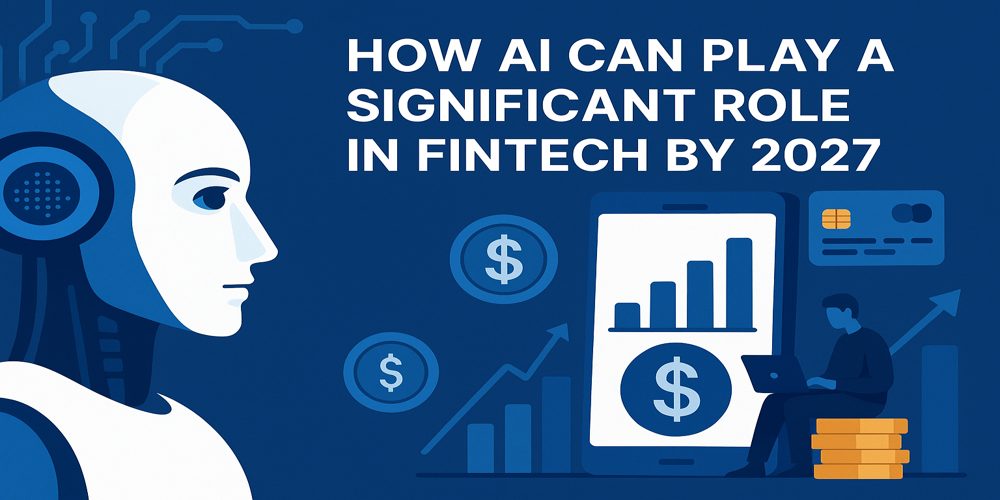How to Use Technology in the Loan Origination Process?

It is crucial for lenders to stay competitive and constantly upgrade their processes to provide a seamless borrowing experience for their customers. Traditional banking services required loan agents to track data manually, fill in pages of paperwork, and often involved extensive back-and-forth between the clients and the agents. This resulted in delays in approval requests and increased the workload of loan agents.
With the latest technological developments, loan agents can streamline and automate various stages, reducing the time and effort required for loan origination. This improved efficiency leads to faster loan approvals, enhancing customer satisfaction and enabling borrowers to access funds when they need them most. Andromeda Loans is one such reputed lending firm doing its best to make educational financial content accessible to the majority through cutting-edge technology.
Why does the loan origination process need upgrades?
Here is a list of reasons why technological developments are necessary for the loan disbursal industry.
- Improve efficiency: Manually verifying documents and filling in paperwork is extremely time-consuming for loan agents and often delays the loan approval process. By upgrading the process with technology and introducing automation in the necessary stages, lending firms can optimize their time and process loan applications much faster.
- Reduce costs: Another advantage of leveraging technology in processing loan applications is that it proves to be very cost-effective. Manual verification processes and physical storage require enough manpower and resources, resulting in higher operational costs. Loan agents can automate repetitive tasks, eliminate manual labor, and reduce paper-based processes with the help of advanced technological resources. Lenders can pass on the saved money in the form of lower interest rates for borrowers, making credit more accessible and affordable.
- Eliminate manual errors: Even if loan agents work diligently, there is no sure way to eliminate manual errors when filing paperwork or processing loan applications. The use of upgraded technology in loan origination processes ensures accurate data entries, helps in metric-based analysis, and encourages data-driven decision-making.
- Mitigate risks: Automated data-gathering tools minimize the risk of human error and provide reliable information for evaluating creditworthiness. Furthermore, technology allows loan agents to incorporate advanced risk assessment models, leveraging vast amounts of data and machine learning algorithms to identify potential risks and make more informed lending decisions. This helps reduce the risk of default and improves overall risk management.
- Improve customer experience: When lending firms can merge their financial expertise with cutting-edge technology, it is only then that they will be able to provide a seamless customer experience for their clients. Online platforms and mobile apps allow borrowers to apply for loans at their convenience at any time during the day. Automated chat support can help resolve doubts and guide loan applicants. Additionally, upgraded technology also allows loan agents to display pre-determined loan suggestions and tailored solutions based on the customer’s profile and what the customer inputs on the website.
- Protect data: Disbursing a loan amount involves following a couple of strict rules and data privacy requirements. Tracking loan application processes through technology would force lending firms to comply with these regulations. Automated systems can perform real-time checks, validate borrower identities, and verify documentation, reducing the risk of fraudulent activities. Additionally, technology offers secure data storage and transmission, protecting sensitive borrower information and maintaining data integrity.
Key Ways to Leverage Technology for Optimal Results
- Online applications and data gathering: One of the major areas where technology has brought a significant shift is in simplifying the loan application process. Borrowers no longer have to fill out cumbersome piles of data manually. They can do so from the comfort of their homes because of online loan applications. It has increased accessibility and reduced the loan approval turnover time.
Furthermore, technology also enables loan agents to make informed lending decisions. Automated data-gathering tools can extract relevant information from various sources, such as bank statements, tax returns, and credit reports, with minimal human intervention. This not only saves time but also reduces the likelihood of errors and improves the accuracy of the decision-making process.
- Credit scoring and risk assessment: The traditional document verification and credit checking operations have undergone a massive shift since the introduction of technological upgrades. Machine learning and AI are now two of the most important tools loan agents must befriend to make their job easier. They can now analyze vast data sets and reach conclusions faster with the help of AI. By leveraging these latest trends, loan agents can evaluate their client’s creditworthiness much faster, reducing the risk of default.
Automated credit scoring modules use borrowers’ information, income details, loan preferences, and other historical data to generate credit scores. This process significantly speeds up the loan origination process, enabling loan agents to almost take near-instantaneous decisions. Moreover, loan agents can also identify potential risks and minimize them.
- Enhanced security and fraud protection: Technology plays a major role in protecting consumer data and detecting fraudulent information. Identity verification services and document authentication algorithms can quickly verify the borrowers’ data and cross-check their information against validated databases.
Machine learning algorithms can also detect spikes in sales, changes in consumer behavior, and transaction history to report potential fraud. These algorithms can assess multiple data points and generate risk scores, enabling loan agents to make informed decisions while mitigating fraud risks.
- Automated underwriting, and decision-making: Technology has enabled loan agents to evaluate and process large numbers of loan applications at once, thereby resulting in faster and cost-effective loan approvals. Automated underwriting systems use predefined rules and the algorithm to assess loan applications, eliminating the need for manual intervention.
Machine learning algorithms are also helping loan agents to process data, make highly accurate predictions of loan default probabilities, optimize risks, and align sales with business objectives.
- Automated chat support and streamlined customer experience: Loan agents can not only process loan applications faster but can also streamline customer operations and provide a better buying experience for their clients by leveraging technology. Social media, online platforms, and mobile applications enable borrowers to track their loan application status, receive real-time updates, and interact with loan agents seamlessly. This transparency and accessibility significantly enhance the overall customer experience, thereby reducing grievances.
Additionally, technological upgrades also allow Dsa partners to provide tailored solutions to address their clients’ financial grievances. Personalized assistance builds trust and increases the likelihood of repeat sales.
To Conclude
The integration of technology upgrades with the loan origination process has brought about a significant shift in the lending industry. From faster loan approvals to improved customer experiences, technology has revolutionized every stage of the loan application process. Loan agents also have to move forward with the times and adopt newer approaches. They must be up-to-date with the latest trends in the financial industry. Embracing technological changes is no longer an option but a necessity for loan agents to thrive in the modern financial landscape.








